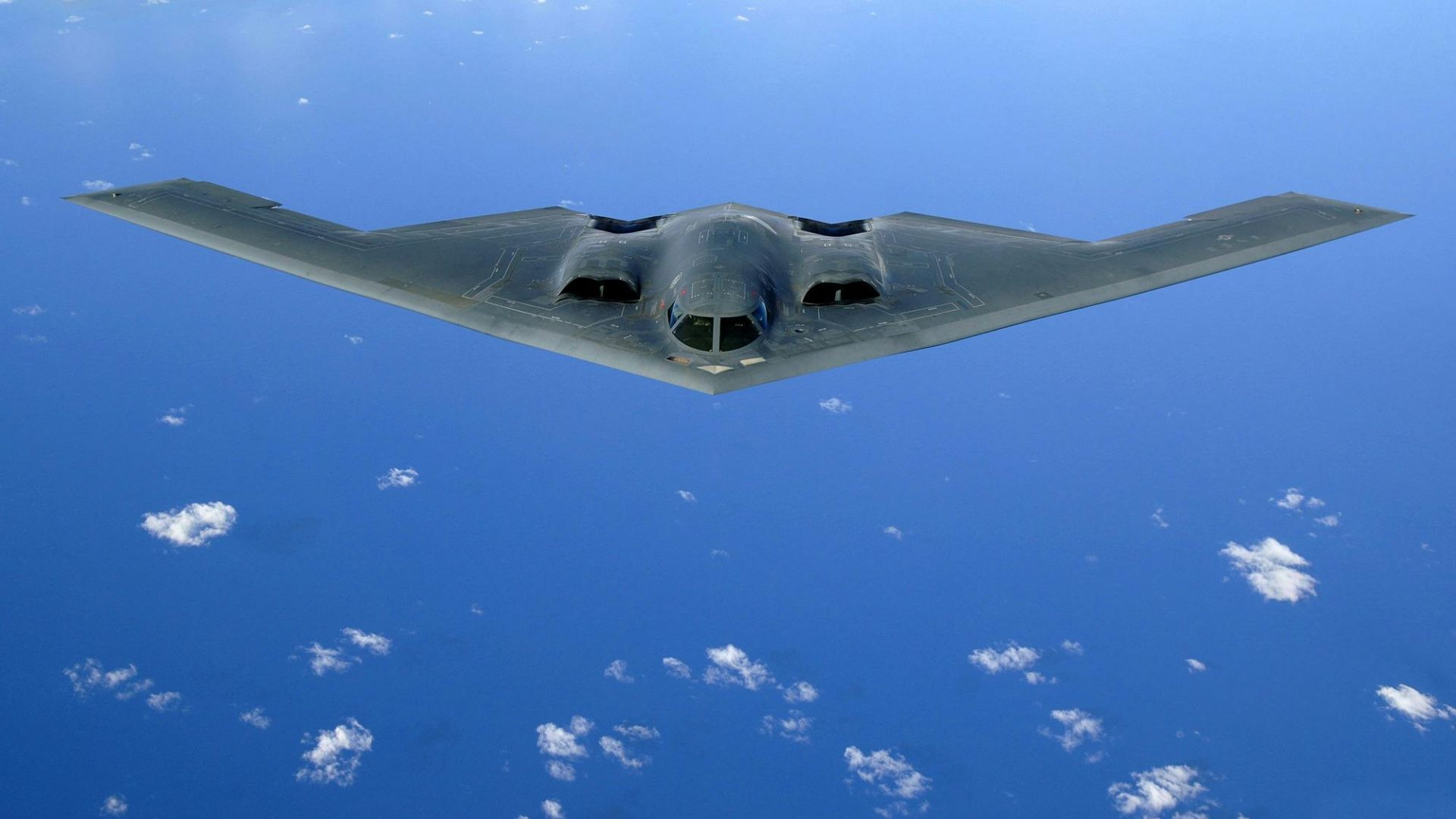Book Review: Chase Brandon’s Kryptos Conundrum
I recently finished Kryptos Conundrum, an intriguing book recommended by Matthew Pines. Written by a former senior CIA outreach executive, it’s classified as “fictionalized fact”—essentially, fact wrapped in a fictional narrative. The literary quality is lacking, roughly on par with a comedic fragment from The Naked Gun (see here). I see it more as a collection of ambiguous clues about the CIA’s covert operations.
Chase Brandon has participated in several interviews with Coast to Coast (hosted by George Noory) over the last decade. One such interview can be found on YouTube, in which he alludes to enigmatic artifacts from the past needing advanced technology to explain. Notably, around the 43-minute mark, he talks about a box containing evidence from Roswell, which he claims “validated” his belief in extraterrestrial life and “ancient astronauts,” though he provides no details. They also delve into the political aspects of disclosure.
Overview
The book explores the hidden history of the CIA, starting from its inception and extending into the apocalyptic events of the early 2020s, eventually leaping into the 2150s and beyond to the 40th century. Amidst the obvious fictional elements, there are mentions of real historical figures and hints at shocking events that remain under wraps.
A persistent question is the book’s purpose. Although published in 2011, it appears to have been written between 2005 and 2007, during Brandon’s tenure at the CIA, leading to speculation about why it wasn’t released until after his departure.
While one might argue that its aim could be to bolster the CIA’s image, the text includes references to the agency’s illegal actions, the fabrication of charges against the press, and disinformation campaigns—all justified, of course, in the name of the greater good. The book also strays from the apolitical facade that intelligence agencies strive to maintain, which raises doubts about its effectiveness as PR. Could this be why it was held back from publication while he was still with the CIA?
Fact vs. Fiction: Discerning the Truth
The narrative consists of references to science-fiction scenarios and conspiracy theories, with recognizable real-life figures thinly masked by name changes. Some elements clearly serve as plot devices, while others feel more like cryptic hints that suggest factual occurrences.
However, inaccuracies abound (such as Nazis in 1916 and binaural beats in the early 1900s) which are perplexing given the otherwise seeming accuracy of the narrative. This could lead one to question if such errors were deliberate markers.
Many aspects intriguingly align with contemporary UFO lore, including narratives released by figures like Elizondo and Lacatski, yet the line between fact and fiction remains blurred—leaving readers to speculate on what “they want you to think.”
Key Character: Jonathan Chalmers
The protagonist, Jonathan Chalmers, is a senior executive in the OSS and, later, the CIA—a founding member. Born in 1890, he participates in WWI, witnessing traumatic loss in what aims to be a striking yet ultimately exaggerated portrayal. Gifted with supernatural intelligence and an astonishingly slow aging process due to divine extraterrestrial intervention, he prepares for a range of potential global threats from the 1940s onward.
Chalmers grapples with classic moral dilemmas as he oversees arms production, being implicated in the bombings of Hiroshima and Nagasaki, and eventually delving into esoteric pursuits like the Roswell incident. His reliance on binaural beats, although historically misplaced, suggests an exploration of altered states of consciousness

Thank you for your detailed and thought-provoking review of Chase Brandon’s Kryptos Conundrum! You’ve brought up some fascinating points that highlight the complexity and ambiguity within the book, especially regarding its blend of fact and fiction.
The questions you raise about the purpose of the book are particularly intriguing. You suggest that it may have been an attempt at PR for the CIA, but as you noted, the narrative does not shy away from portraying the agency’s morally gray actions. This paradox adds layers to the text, implying that perhaps the author aimed to provoke thought or challenge the status quo rather than merely polish the agency’s image.
Your character analysis of Jonathan Chalmers as a stand-in for CIA decision-makers highlights a critical perspective on the responsibility and foresight expected from such figures. It’s striking how the book seems to predict socio-political shifts and crises that resonate unsettlingly with current events, especially regarding domestic extremism and political turmoil. This raises important questions about the agency’s strategic planning and the intelligence community’s overall foresight.
The discussion on the Roswell incident is captivating, particularly how the author interweaves popular UFO lore with speculative fiction. It’s fascinating how you connect these fantastical elements with real-world speculation, especially in light of recent disclosures regarding UFOs. The portrayal of disinformation strategies within the CIA in the book reflects a real-world understanding of psychological operations that may leave readers questioning the sincerity of public narratives surrounding significant events.
Your insights into the historical inaccuracies and fantastical narratives serve as a reminder of the careful discernment needed when engaging with “faction” literature. The fine line between entertainment, conspiracy, and actual historical insight can often leave readers feeling more perplexed than enlightened.
Overall, this review not only provides an in-depth analysis of the book’s content but also encourages critical thinking about the implications of the narratives we consume. It’s a rich reflection on how fiction can mirror, distort, and even enlighten our understanding of complex issues, particularly in relation to institutions like the CIA. I’d be very interested to hear your thoughts on how this book compares to other works in the “faction” genre!